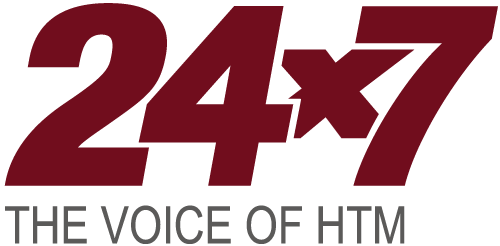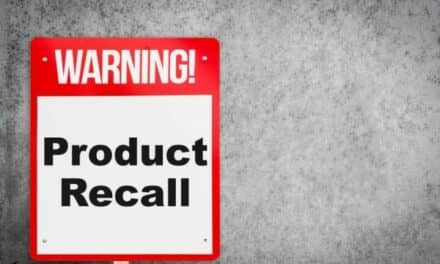Use with select infusion sets may lead to over- or under-infusion, bolus inaccuracies, and alarm delays, BD warns in recall notice.
The US Food and Drug Administration (FDA) has issued an early alert under its Communications Pilot to Enhance the Medical Device Recall Program, noting that BD and its subsidiary CareFusion have sent an “Urgent Medical Device Recall (Correction)” letter to customers about performance issues with certain BD Alaris Pump Module Model 8100 devices when used with specific infusion sets.
The BD Alaris System with Guardrails Suite MX is a modular infusion pump and monitoring system for the continuous or intermittent administration of fluids to adult, pediatric, and neonatal patients through clinically accepted routes of administration: intravenous, intra-arterial, subcutaneous, epidural, or irrigation of fluid spaces.
Variations in Pump Performance
BD stated that it identified a subset of compatible pump infusion sets that may perform outside the performance ranges published in the user manuals for flow rate and bolus accuracy, downstream and upstream occlusion time to alarm, and post-occlusion bolus volume.
The deviations in performance from the previously published ranges are attributable to these pump infusion sets’ design features, such as filters and other in-line components. Filters with very fine pores (ie, 0.2 micron) and other in-line components (ie, back check valves and Y-sites) may impact performance such as flow rate accuracy and time to alarm, particularly at very low flow rates.
The most notable performance variations have been observed with the 0.2-micron in-line filter infusion set at flow rates below 1 mL/h, resulting in upstream time to alarm extending from ≤ 2h 22 min to ≤ 3h 44 min; downstream time to alarm extending from < 59 min to < 1h 57 min; and rate accuracy extending from -8% to 5.5% to -12.5% to 5.5% at very low flow rates.
Variations in pump performance, most commonly at programmable rates under 1 mL/h and at or under 1 mL of volume and when infused through the affected subset of compatible infusion sets, can impact infusion delivery in the following ways:
- Flow rate inaccuracy – over infusion: The pump delivers fluid or medication at a rate higher than prescribed.
Potential Clinical Outcomes: Drug toxicity, drug overdose, fluid overload, electrolyte disturbances. - Flow rate inaccuracy – under infusion: The pump delivers fluid or medication at a rate lower than prescribed.
Potential Clinical Outcomes: Subtherapeutic drug levels leading to ineffective treatment. Delayed therapeutic effects in time sensitive situations. - Loading bolus dose accuracy – over infusion: The delivered bolus volume exceeds the intended dose.
Potential Clinical Outcomes: Acute overdose with immediate toxic effects. Increased risk of adverse reactions to drugs particularly ones with narrow therapeutic windows. - Loading bolus dose accuracy under-infusion: The delivered bolus volume is less than intended.
Potential Clinical Outcomes: Inadequate response in acute settings. Delay in achieving therapeutic drug levels. - Upstream and downstream occlusion alarm delay: Delay in alarm notification due to upstream or downstream occlusion.
Potential Clinical Outcomes: Patients are at risk for missed or delayed treatment. - Post occlusion bolus volume over infusion: Upon release of an occlusion, accumulated pressure causes an unintended bolus delivery. Potential Clinical Outcomes: Sudden administration of a large volume of drug or drug dose, potentially resulting in acute toxicity, overdose, or fluid overload.
The severity and nature of these outcomes depend on the type of medication, fluid, or infusate being administered, as well as the individual patient’s condition, according to the company.
As of June 11, BD has not reported any serious injuries or deaths associated with this issue.
The FDA notes in the alert that it is “currently reviewing information about this potentially high-risk device issue and will keep the public informed as significant new information becomes available.”





